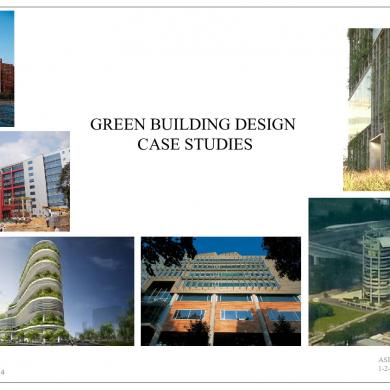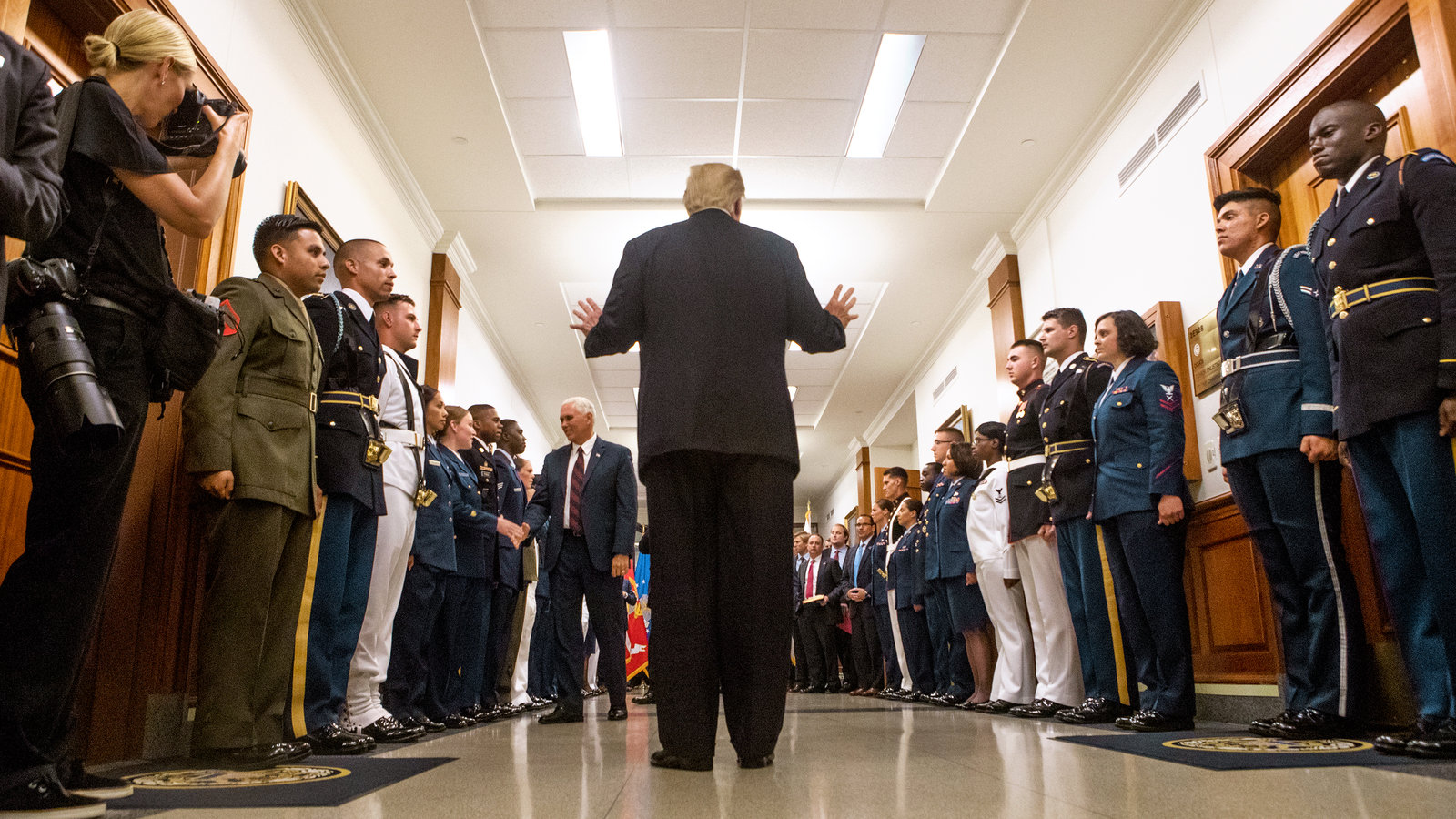Can Sports Stadiums Save Dying Downtowns? A Case Study

Table of Contents
The Economic Impact of Sports Stadiums on Downtowns
The economic impact of a new sports stadium on a downtown area is a complex issue, with both short-term gains and potential long-term challenges.
Short-Term Economic Benefits
The construction and operation of a stadium undoubtedly provide immediate economic benefits:
- Increased tourism and spending during games: Game days bring a surge of visitors, boosting spending in local restaurants, bars, hotels, and retail stores. This influx of revenue can significantly impact local businesses, especially those in close proximity to the stadium.
- Job creation in construction, hospitality, and retail sectors: The construction phase itself creates numerous jobs, from skilled tradespeople to construction managers. The ongoing operation of the stadium also generates employment opportunities in areas such as hospitality, security, concessions, and retail.
- Boost to local businesses through increased foot traffic on game days: Even businesses not directly related to the stadium benefit from the increased foot traffic generated by game days. This can lead to increased sales and overall economic activity in the surrounding area.
- Increased property values in the immediate vicinity of the stadium: Proximity to a popular sports venue often leads to an increase in property values, benefiting homeowners and investors alike. This effect, however, is often localized and may not extend to the broader downtown area.
Long-Term Economic Sustainability
While the short-term benefits are tangible, the long-term economic sustainability of stadium-led revitalization is more questionable:
- Challenges in maintaining economic activity beyond game days: The economic boost experienced on game days often fades once the event concludes. Maintaining economic activity throughout the week requires strategic planning and investment beyond the stadium itself.
- The importance of strategic planning and investment beyond the stadium itself: Successful stadium-led regeneration requires a holistic approach, incorporating broader urban development strategies to ensure sustained economic growth. This might include investment in infrastructure, public transportation, and other community amenities.
- Potential for displacement of existing businesses due to rising rents: The increased property values around the stadium can lead to rising rents, potentially forcing out long-standing businesses that cannot afford the increased costs. This can harm the character and diversity of the downtown area.
- Examples of successful and unsuccessful long-term economic integration of stadiums in urban areas: Numerous case studies highlight the contrasting outcomes of stadium-led regeneration. Some cities have seen sustained economic growth, while others have experienced only temporary boosts followed by stagnation or even decline. Careful analysis of these examples provides valuable lessons in planning and execution. Keywords: economic benefits, sustainable development, job creation, property values, tourism, economic sustainability
Social Impact and Community Development
The social impact of a sports stadium extends beyond mere economics, influencing community engagement, social inclusion, and safety.
Community Engagement and Social Inclusion
Sports stadiums offer potential avenues for increased community engagement:
- Opportunities for community engagement through stadium events and initiatives: Well-planned stadiums can incorporate community spaces and host events that benefit residents beyond game days. This can foster a sense of community ownership and pride.
- Potential for social divisions if benefits are not distributed equitably: If the benefits of the stadium are not distributed equitably, it can exacerbate existing social inequalities. Careful consideration of the needs of all community members is crucial to avoid negative social consequences.
- The importance of considering the needs of all community members in stadium development: A successful project must prioritize community input and ensure that the stadium serves the broader interests of the community, not just a select few.
- Case studies of successful community engagement programs linked to stadiums: Examining successful examples of community-focused stadium projects can offer valuable insights into best practices for fostering social inclusion.
Increased Safety and Security Concerns
The presence of a large stadium can also raise concerns about safety and security:
- Analysis of increased policing and security needs around stadiums: Stadiums often require significant police and security presence, which can impact local budgets and community relations.
- Potential for increased crime rates in certain areas surrounding the stadium: In some cases, the concentration of people and activity around stadiums can lead to an increase in crime rates in surrounding areas, particularly if adequate security measures are not in place.
- Strategies for managing security and safety concerns effectively: Effective security planning is crucial to mitigate potential problems and ensure the safety of both visitors and residents.
- Community involvement in addressing safety concerns: Community engagement in addressing safety concerns can help build trust and improve the overall safety and security of the area. Keywords: social impact, community engagement, social inclusion, safety, security, crime prevention, community development
Infrastructure Development and Urban Planning
Successful integration of a sports stadium requires careful consideration of infrastructure and urban design.
Transportation and Accessibility
Addressing transportation is crucial for a positive impact:
- Improved public transportation infrastructure to accommodate increased foot traffic: Adequate public transportation, including bus routes, light rail, and subway lines, is essential to accommodate the increased foot traffic generated by stadium events.
- Parking solutions and traffic management strategies around the stadium: Efficient parking solutions and traffic management strategies are needed to prevent congestion and ensure smooth traffic flow before, during, and after events.
- Accessibility for people with disabilities: The stadium and its surrounding areas must be designed to be fully accessible to people with disabilities, ensuring equal access for all.
Urban Design and Aesthetics
Careful urban planning can enhance the surrounding environment:
- The integration of the stadium into the existing urban landscape: The stadium should be designed to complement the existing urban fabric, rather than clashing with it. This includes considering architectural style, building materials, and overall aesthetic consistency.
- The creation of public spaces and green areas around the stadium: Creating public spaces, parks, and green areas around the stadium enhances the overall quality of life for residents and visitors alike. This helps integrate the stadium into the community.
- The use of sustainable building materials and environmentally friendly design: Employing sustainable building practices and environmentally friendly design reduces the environmental impact of the project and creates a more sustainable urban environment. Keywords: Infrastructure development, urban planning, transportation, accessibility, urban design, sustainable design, public spaces
Conclusion
This case study has explored the multifaceted relationship between sports stadiums and urban regeneration. While sports stadium revitalization can offer short-term economic boosts and create opportunities for community engagement, the long-term success hinges on several crucial factors. Careful planning, sustainable development practices, and equitable distribution of benefits are essential for maximizing positive impact and avoiding potential negative consequences. Simply building a stadium is not enough; a holistic approach that addresses broader urban development challenges is paramount.
Call to Action: Before embarking on a sports stadium revitalization project, a comprehensive assessment of the economic, social, and infrastructural implications is crucial. Thorough planning, community engagement, and a commitment to sustainable development are essential for ensuring that such projects genuinely contribute to downtown regeneration and create lasting positive change. A well-defined strategy for sports stadium revitalization, focusing on long-term sustainability and equitable benefit distribution, is vital for successful urban renewal initiatives.

Featured Posts
-
 Rytsarskoe Zvanie Dlya Stivena Fraya Reaktsiya I Podrobnosti
May 10, 2025
Rytsarskoe Zvanie Dlya Stivena Fraya Reaktsiya I Podrobnosti
May 10, 2025 -
 Complete Nyt Strands Solutions For Saturday April 12th Game 405
May 10, 2025
Complete Nyt Strands Solutions For Saturday April 12th Game 405
May 10, 2025 -
 Indonesia Reserve Levels Fall Impact Of Rupiah Depreciation
May 10, 2025
Indonesia Reserve Levels Fall Impact Of Rupiah Depreciation
May 10, 2025 -
 Analyzing West Hams 25m Financial Hole Strategies And Solutions
May 10, 2025
Analyzing West Hams 25m Financial Hole Strategies And Solutions
May 10, 2025 -
 Examining The Controversy Surrounding Trumps Transgender Military Policy
May 10, 2025
Examining The Controversy Surrounding Trumps Transgender Military Policy
May 10, 2025
